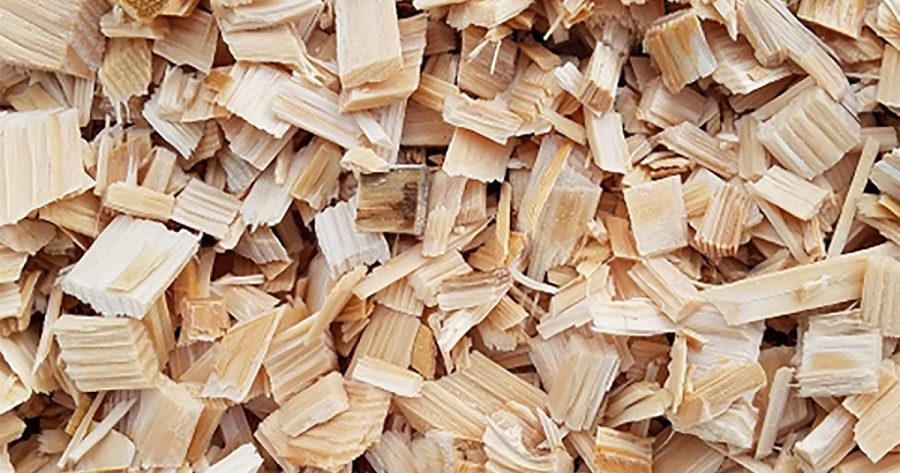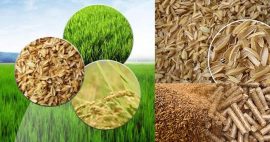Acacia wood chips have become one of Vietnam’s leading forest products, playing a vital role in the country’s growing biomass energy and pulp production industries. With Vietnam’s strong foundation in sustainable forestry and its ideal tropical climate, acacia plantations are thriving across the central and southern provinces — particularly Gia Lai, Đắk Lắk, Lâm Đồng, and Tây Ninh.
High-Yield, Fast-Growing Forest Resource
Acacia trees are fast-growing and well-suited to Vietnam’s climate and soil conditions. Within just 5–7 years, acacia plantations can be harvested for high-density wood, which is then chipped and processed. This short rotation cycle allows farmers and biomass companies to continuously regenerate their forest supply while maintaining ecological balance.
- The wood is known for its durability, high cellulose content, and excellent combustion properties — making it suitable for two major uses:
- Pulp and Paper Industry: Acacia wood chips are a preferred raw material for pulp due to their high fiber content and efficient yield.
- Biomass Energy: With rising global demand for clean energy, acacia wood chips serve as a renewable and low-emission fuel for thermal power plants in Asia and Europe.
Key Export Markets and Opportunities
Vietnam exports millions of tons of acacia wood chips annually, primarily to:
- China – the largest buyer for pulp production.
- Japan and South Korea – for biomass power generation.
- India and EU countries – emerging as high-potential buyers for sustainable fuel alternatives.
Despite global price fluctuations, the demand for acacia wood chips remains stable due to the increasing shift away from fossil fuels. Countries striving to meet their carbon neutrality goals are turning to biomass, including acacia chips, to power their industries.
Sustainability and Circular Economy
- Acacia wood chip production also supports Vietnam’s vision of a circular economy. Many companies use certified sustainable plantations (FSC) and adopt zero-waste manufacturing methods. Tree branches, bark, and by-products are repurposed into bio-compost or used for pellet production — minimizing environmental impact.
Challenges and the Road Ahead
- While the industry is booming, it faces challenges such as:
- Rising domestic competition for raw acacia timber.
- Environmental pressures on replanting and maintaining biodiversity.
- Price volatility due to shifting trade policies and energy demand.
- To address these, industry players are focusing on:
- Improving forest management practices.
- Diversifying export markets.
- Investing in advanced processing technologies.
Conclusion
Vietnam’s acacia wood chip industry stands at the intersection of economic growth and sustainable energy transformation. With strong reforestation practices and increasing global demand, acacia chips are not only a valuable export commodity but also a contributor to Vietnam’s green future.
By Phat Nguyen





